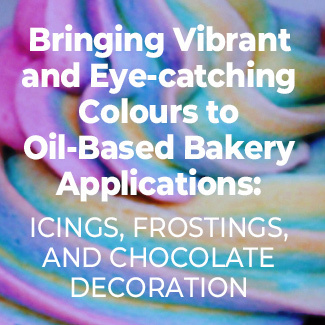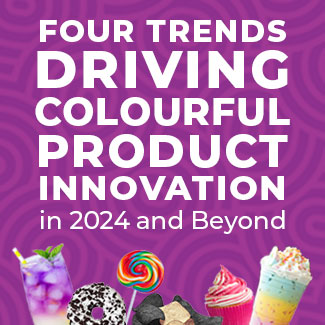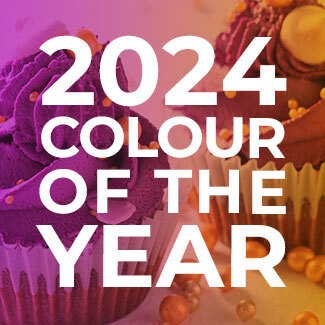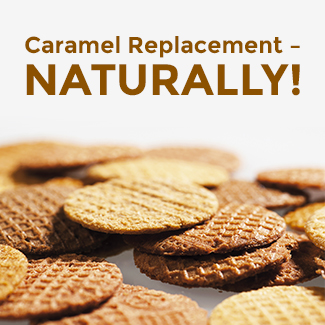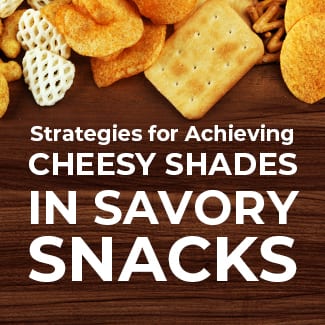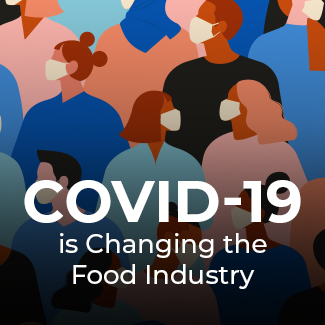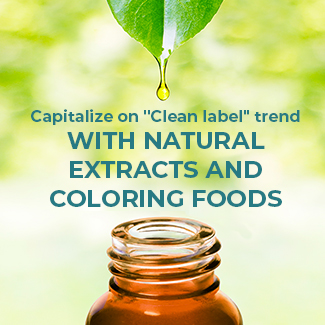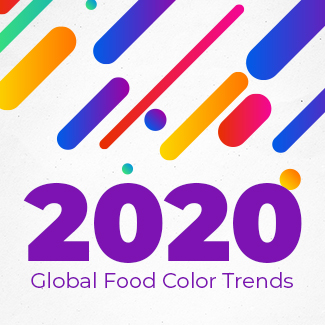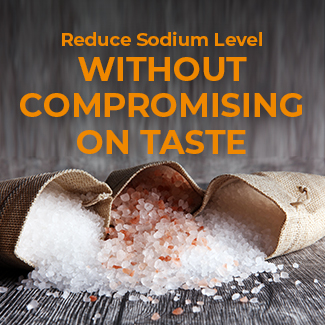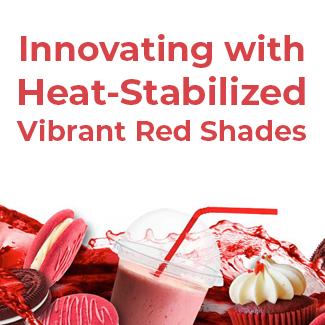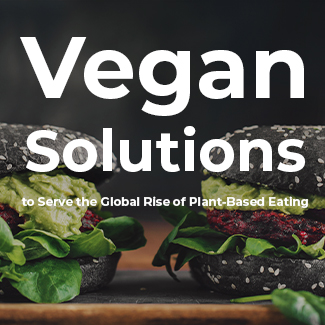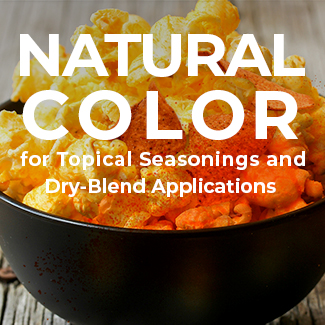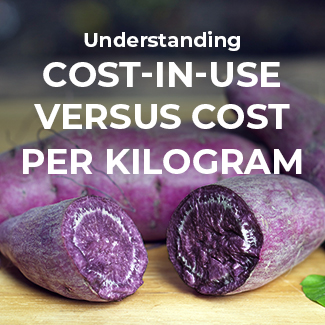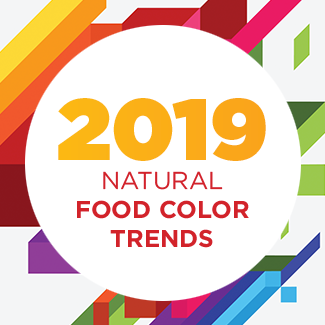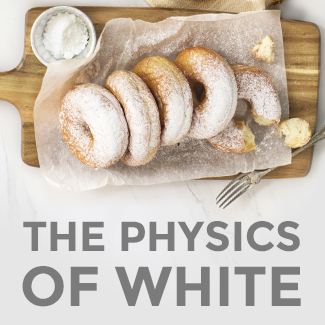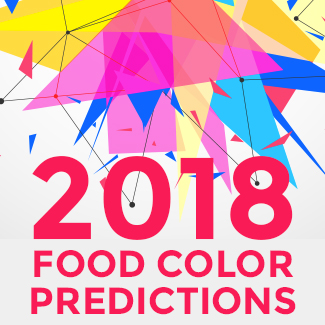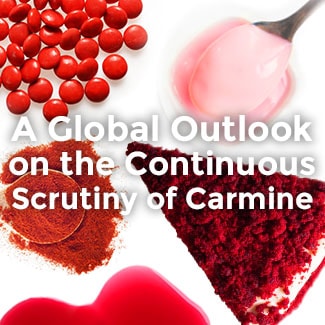The Rainbow of Colours in Sweet Baked Goods
As consumers’ purchasing behaviour continues to shift towards “better-for-you” alternatives, innovation opportunities present themselves across all categories. Cakes and cupcakes are the perfect vehicles for “permissible indulgence”. As reduced portion size offerings are becoming the norm, consumers expect rich, adventurous flavour profiles and all-natural ingredients for their stackable, sweet moment.
In fact, 25% of sweet baked good launches in the Africa in 2020 promoted a natural* claim.
*All Natural Products, Free from Added/Artificial Additives, Free from Added/Artificial Colourings, Free from Added/Artificial
Flavourings, Free from Added/Artificial Preservatives, GMO-Free, No Additives/Preservatives, Organic, Wholegrain
In Sensient’s consumer research study, brighter, more vibrant colours lifted purchase intent by 4%. Preference for visually bold products is due to a couple of notions. First, brighter colour was associated with more flavour in Sensient’s research.
Secondly, today’s consumers are seeking products in unique colours, patterns, etc. to share across their social platforms. There are over 10 million Instagram posts with the hashtag #cakesofinstragram showing off the beautiful design work of pastry chefs, at-home bakers, in-store bakery creations, and packaged cakes. Natural food colouring can not only cater to modern demands for natural ingredients but also can increase overall flavour perception and potentially purchase intent.

Did you know that natural colourings provide more hue options than synthetic colours? While the broad shade range is certainly a benefit, there are some unique factors to consider when formulating with natural colourings, specifically heat stability for applications like cupcakes and cakes where there is a baking process. Fortunately, Sensient offers a full crayon box of colouring foods and natural colours for baked goods with unique innovations that have addressed some major gaps due to heat stability.
REDS
Are you looking for a natural solution to achieve bright and intense red shades?
UBERBEET is a range of highly concentrated beet-based colouring foods and natural colours that provide a great option for both lower and higher heat bakery applications. The eye-catching look is guaranteed whether it is a red velvet cupcake or a raspberry macaron.
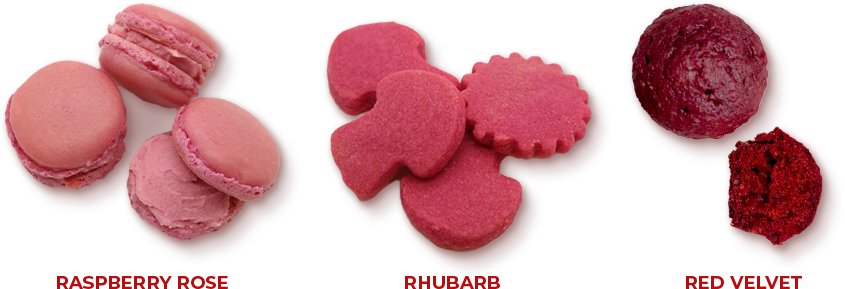

ORANGES
Recharge consumers with the optimistic shade of “Rising Orange”, Sensient’s Colour of the Year in 2021. Colouring foods and natural colours based on paprika, for example, can provide bold orange shades, as well as more golden-orange hues while withstanding the heat process.


YELLOWS
Whether it’s a classic vanilla or a more exotic mango flavour, yellow shades are very common in bakery applications. Heat-stable colouring foods based on carrot or Carthamus offer a great way to achieve both light and bright yellow shades in different bakery items. Due to its good heat and light stability, as well as the vibrant golden yellow hue it provides, another option for a vibrant yellow is beta-carotene.


PURPLES
No doubt that bright purple shades can make any product stand out on the shelves. Depending on the specific bakery application, either using colouring foods or a combination of natural colours like red and black would enable you to create a special look that catches the eye of the consumer.
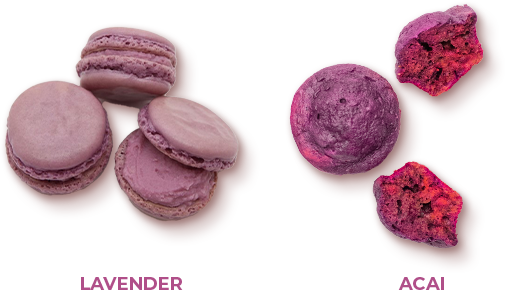

GREENS
While green looks are less common among foods, some flavours call for this specific shade. Cardea clean label colouring foods based on chlorella can be used to achieve lighter and bright green shades, while complying with the growing consumer need for natural and simple ingredients. When a deeper, darker shade is desirable then heat-stable natural colourings like chlorophyllin can offer a great option.


BROWNS
Many cake batters are beige or a brownish hue if cocoa is a recipe component, but brown colours are often necessary to standardize the end shade. Historically, caramel colours have been the go-to brown solution, but in recent years, Sensient has received many requests for alternative options. We have a suite of natural brown alternatives to caramel colours from golden to peanut butter shades to darker brown shades including organic solutions.


Brighten your bakery innovation with a sample of our natural food colours today- select your hue here!
If you are not sure about the shade or would like to discuss strategies for natural colourings, my team and I would love to talk. Please set up a consultation with us here.








